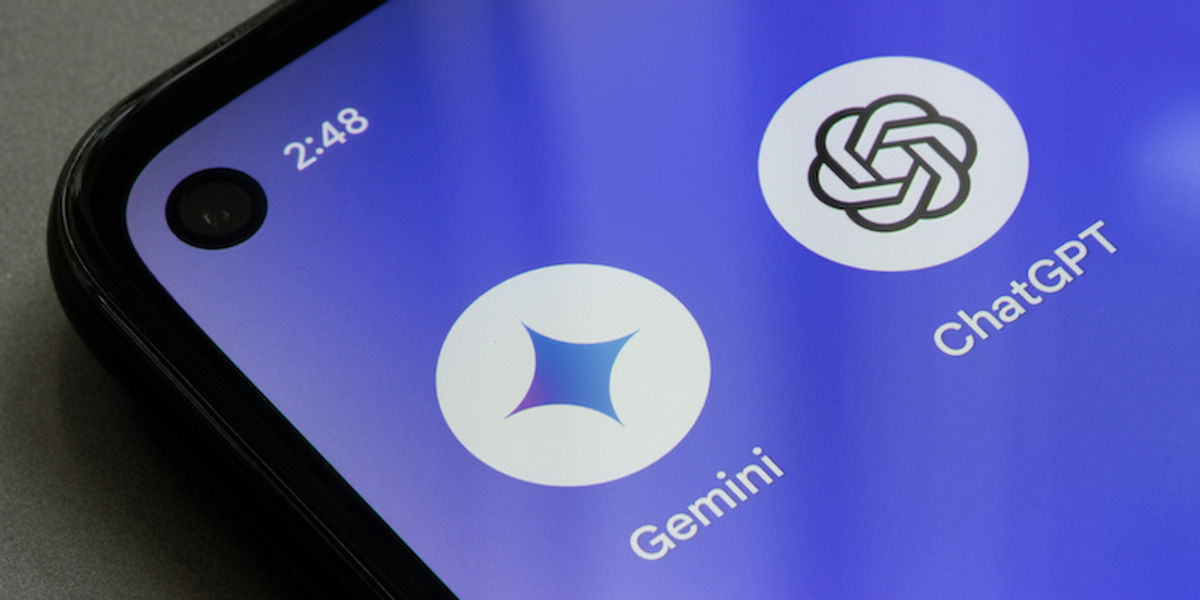There has been a lot of news recently about the impact of artificial intelligence in search and how it may or may not impact the future of Google.
Generative AI’s rise in the past two years allows many searches to occur directly within AI models. Perplexity has been offering a hybrid model for a while now, and the release last week of ChatGPT Search could be a significant threat to Google.
People value trusted sources. Brands and influencers add credibility in our minds. Results powered by the best source of knowledge in history — but backed up by trusted sources that we are already comfortable with — has the potential to shake things up further.
So what do we need to do as travel companies? As search dynamics evolve, you should probably be about mindful of maintaining online traffic from these new sources.
Large language models [LLMs] excel at providing general knowledge but struggle with specific, current business information. These models are pre-trained on vast datasets (like the entire internet) but do not continuously learn or update facts. Unlike LLMs, tools like ChatGPT Search, Perplexity and Google’s Generative Search Results fetch live website data and summarize it in real-time, linking back to the sources — something LLMs cannot do directly.
Assuming this new stage in a world of generative AI isn’t going to slow down, you have two new goals:
- LLM pre-training — to be discovered by the LLMs themselves, so that they can train on your content and serve up in response to prompts. This one is an unknown quantity. The most popular LLMs train on 12+ trillion words. Even if you have 200 blog posts of 1,000 words each, that’s a drop in the ocean for an LLM and unlikely to impact its training.
- Generative AI search — to be discoverable by the LLM searching for data to enhance results. This is an area where you can take significant action. And the good news is that if you do the right things here, it will also probably maximize your chances of having an impact on the pre-training part. It’s also mostly the same fundamentals you should be looking at for standard search engine optimization.
Google Travel
In many ways, Google Travel is an ideal product in the age of Ggenerative AI. It’s all about surfacing the actual product (flight, hotel or thing-to-do) rather than the company offering it. Products are already surfacing in more and more areas within standard search results. These could be directly within a search results page or directly within a Google Travel result. They are also showing up for an increasingly broad set of search terms.
With generative AI search, the live, structured product data that you feed to Google is exactly what the LLM struggles with. In Gemini (Google’s LLM), Google Travel results are already used in generative responses when it comes to hotels and flights. For example, if a user is searching for information about visiting Paris, Gemini may choose to offer hotel suggestions and will pull listings directly from the Google Travel hotel feed. These display with links, either to the hotel website or to an OTA. Transactions never happen on Google.
Single source of truth
For all of the other LLMs, including ChatGPT, there is currently no “go-to” source for these products. Some companies will make deals with Google for this content. Most won’t — due to costs, conflicts, monopoly regulations, etc.
It’s hard to say exactly where all of this traffic may come from. ChatGPT, Perplexity, Apple Intelligence, Bing and Meta are some of the obvious large sources. But all Generative AI companies in the travel space are also looking for this product information.
Of course, the OTAs already have this information in their databases, and they’ll be happy to share. But if you want a chance to get some direct business, you also need to take action.
Subscribe to our newsletter below
It’s a good assumption that whatever information Google Travel or the major OTAs are requesting for their listings is exactly the information that you should be prioritizing on your own website. These parameters and filters are there for a reason — because customers are looking for them.
So if you’re a hotel, having fluff like “Uncover the allure of [city] with hotel [name] as your sanctuary. Seamlessly blending style and convenience, our boutique hotel offers contemporary comfort and personalized service at the heart of the city. Whether for business or leisure, immerse yourself in [city] vibrant culture from our urban oasis” is nice, but if you don’t include more on product details, the AI is not going to find you.
The long-tail opportunity
You can think of this as optimizing for a broad set of long-tail keywords. Before generative AI, you might have been targeting very short keywords such as “San Diego Hotels.”
Now, you might appear in a generative result where somebody is having a conversation and asks “Place to stay San Diego – walking distance to beach, pool suitable for kids ages 4 and 6 and open in evening. Balcony overlooking ocean. Restaurants on site or walking distance. Rooms with desk suitable for work calls. Great Wi-Fi.”
The AI will read this and understand the full context. If your website information and product descriptions are created, they would be well matched for this search and could be summarized, along with a link. Many of these parameters can’t be sorted on filters. Many or probably not what you’ve ever thought about optimizing for.
A great way to think about this is also in your Frequently Asked Questions section. Previously, this was only for human consumption. Going forward, you can add a lot more long-tail information here, which is really targeting the AI more than the humans.
Conclusion
OpenAI’s ChatGPT Search might not take a huge chunk out of Google, but when they release a product, it makes noise. And it usually works.
All of these tactics involve some guesswork on what the future holds. The good news is that there really aren’t many recommendations that wouldn’t also be a good idea if nothing changes. The future best-practices are based on first principles. These search fundamentals don’t change. It’s still really a matter of doing the right things, always with the end user in mind.
One more thing that’s coming: The future user will often not be a human. It will be the AI agent of a human. This isn’t very different to the AI search tool looking at your content. The future agent will come pre-briefed with goals and preferences of its human. It will expect answers. And if you don’t provide those answers, it will move on after 0.001 seconds to your competitor who does.
About the author…











